We at TravelBud know how daunting it can be to leave your life behind and pursue your dreams of teaching abroad. Hence why we’re constantly seeking new ways to make your transition into teaching abroad as smooth as possible. With so much hype and interest in the region, Vietnam is quickly establishing itself as the go to teaching and travelling destination in Southeast Asia.
Teaching English in Vietnam is definitely our fastest growing program, and it’s very easy to see why! The country is beautiful, with so much culture and it has very low living costs. The most difficult thing about moving to Vietnam is choosing where to live; there’s something for everybody.
Eddie, a TravelBud participant from the UK, shares with us below, what he has discovered about Vietnam and gives you the pros and cons of living in the North vs the South of the country.

[Image source] This majestic place showing off all it’s beauty.
Finding a new home
Believe it or not, there are some significant differences to living in either the North or South of Vietnam. In regard to some aspects, they are like different countries altogether. It’s a big decision many expats have to make upon arriving here. Do we choose to live in the seasonal north, or the all year summer south?
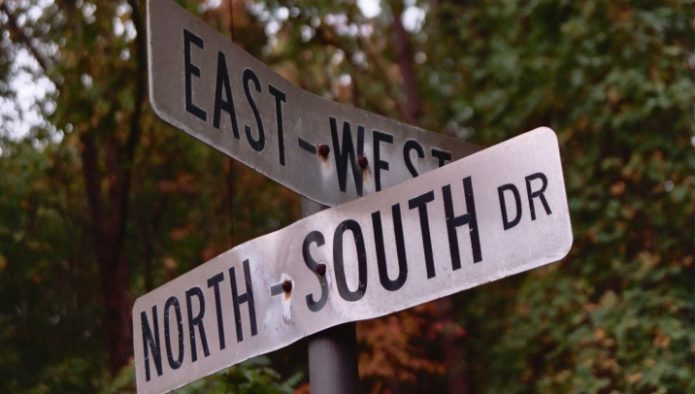
Sadly it’s not as simple as weather differences. There are many aspects to life in either region that will considerably sway your decision. It’s also extremely difficult to describe these differences as pros or cons. This is mainly because pros and cons are opinion based and specific to the individual.
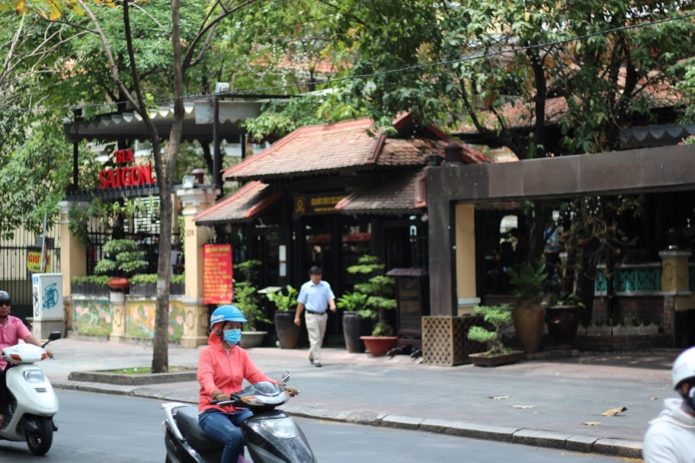
A snap of Ho Chi Minh.
Through discussions with expats we have met during our time in Vietnam, we have found that every single person paints a different picture of the country before arriving. They also tend to build a different image of what they are hoping to gain from their working experience here.
There really is no straight answer with regard to which region is the best to live in. In order to try and help you make this HUGE decision, we have summarized a few factors we took in to account before we had to make it ourselves.
Up North
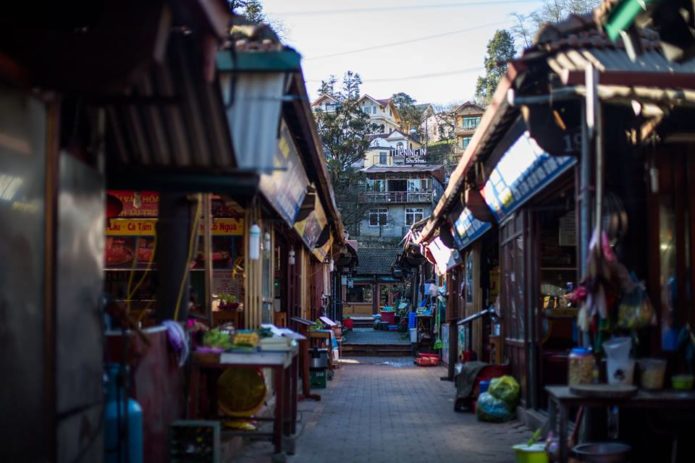
[Image source] A very tranquil setting.
The north experiences 4 seasons. Summer, autumn, winter and spring. Summers in the North are very similar to the south and run from May to August. It’s hot, very hot, and it’s wet. Temperatures in the north soar to 33 degrees and the humidity can rise to 90%. It’s uncomfortable to say the least.
During this period Vietnam experiences its highest rainfall. And when we say it rains, it really does rain. Between September and November the heat becomes more comfortable as autumn sets in. The drop in humidity means that there is less rainfall and overall the weather is stunning. The sky is clear the majority of the time and you are able to start wearing your favourite pair of jeans again.
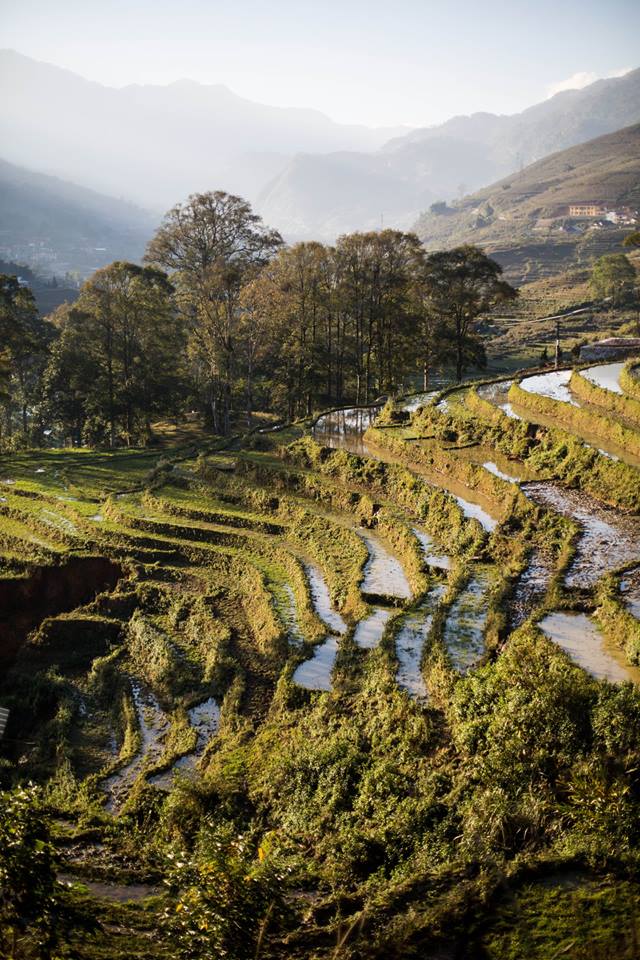
[Image source] An ancient yet brilliant engineering.
March brings much warmer temperatures of 23 degrees as the region begins to enjoy the sunshine again. Similar to autumn, spring in the North is wonderful. Grey skies are no longer a thing of the past and you can ditch the jumper for a t-shirt. Ideal for someone who enjoys a change in season and wrapping up warm.
Down South
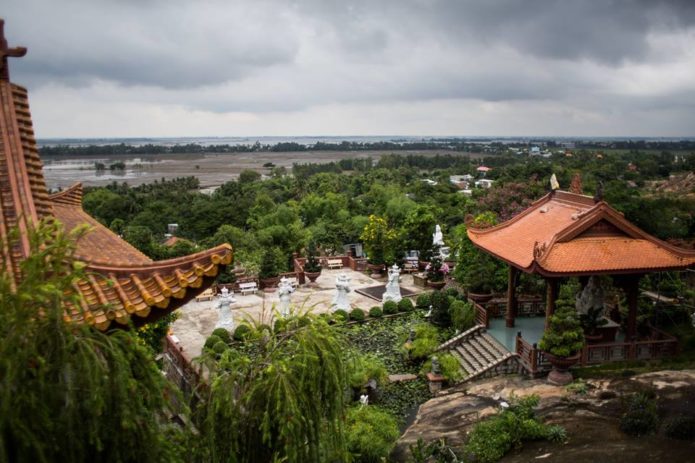
[Image source] Chau Doc, Vietnam.
The south is hot almost 24/7, 365 days of the year. It only experiences two main seasons, wet and dry. Temperatures stay around 30 degrees and never drop below 20. Rainfall remains fairly high between May and November, its wettest month being July. Unlike the north, there is generally very little way of knowing the heavens are about to open. It’ll catch you out.
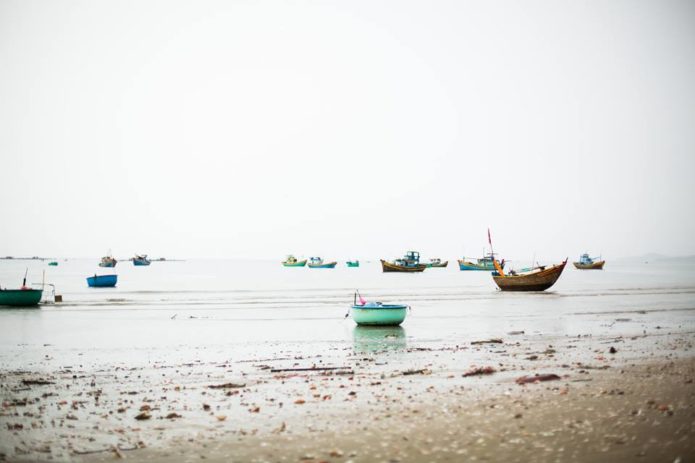
[Image source] Mui Ne Fishing Village, Vietnam.
Over the dry months, the region becomes less humid and reaches a much more manageable temperature.
What to consider
Find out where you could be placed in Vietnam.
The north is full of vast open spaces and rolling green mountains. You are never too far from a National Park. With destinations like Ninh Binh, Sapa, Mai Chau, and Hai Giang only a bus ride away from the regions capital Hanoi, you can see why so many tourists and expats are keen to visit.
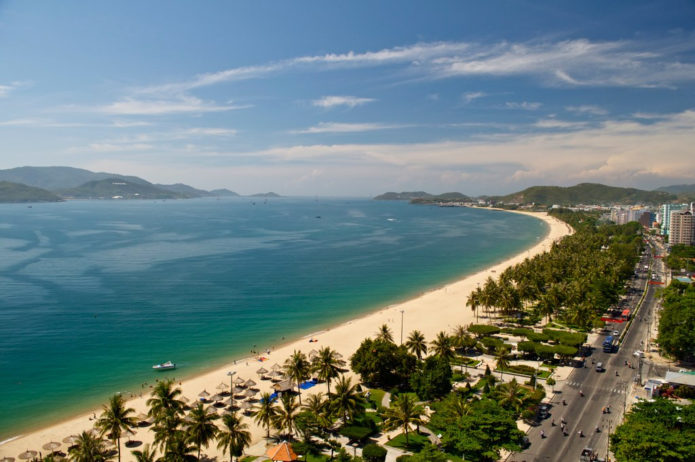
Bai Bien beach in Nha Trang,
The south is not short of its beautiful scenery either. In the south you are never too far from white sandy beaches and palm trees. Destinations such as Nha Trang, Da Lat, Phu Quoc and the Mekong Delta are appealing to most. All destinations are an easy journey from Ho Chi Minh.
Ho Chi Minh City
Most expats in Vietnam will decide to live in one of the countries two biggest cities. The cities themselves are very different and come with their own pros and cons. Ho Chi Minh is a sprawling concrete jungle alive with the buzz of busy city life. The city is has various different districts that offer many different cultural experiences.
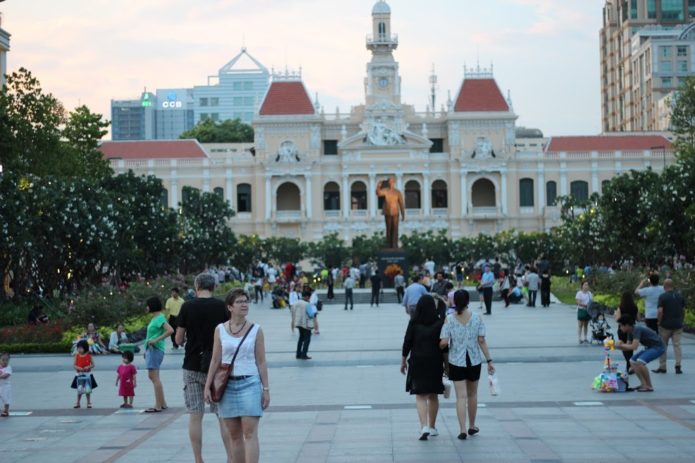
The Grand Palace.
District 1 is packed full of quirky and mainstream shops, a dream to any shopaholic. And with restaurants/bars around every corner, it’s hard not to keep yourself busy. District 1 is also popular with the backpackers who are visiting the city to experience its 24-hour nightlife. You’ll never be too far from a party.
District 7 is a more relaxed area, home to many businesses and residential buildings. The area has various different international schools and is very popular with expats who choose to live in the city. Across the city there are many different museums and tourist attractions that are worth visiting. You can try and navigate the city using the metro, or alternatively on a Grab bike.

Best way to travel through the city.
The short of it, you’ll never find yourself with nothing to do in this city. If you’re someone who loves the buzz of a big city and the feel of a 24-hour vibe, then HCMC might be the one for you.
Save up for your travels by teaching English here
Our Teach English in Vietnam program is one of the most rewarding experiences one can embark on. It has an incredibly relaxed teaching environment allowing you to take time off for your travels, high salaries ($1200-$2000) and low cost of living making saving an absolute breeze. Many expats use teaching English in Vietnam is their base to travel through southeast Asia. Checkout what life would be like for you teaching English in Vietnam in our video below:
Interested in Teaching English, volunteering or interning abroad? We’ll send you more info!
Hanoi
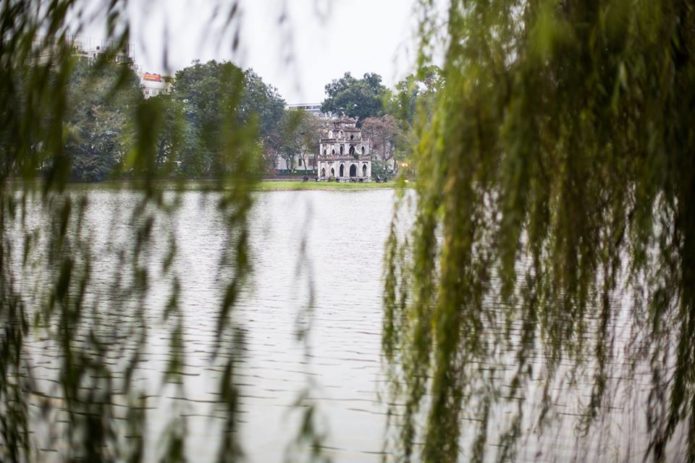
[Image source] A magical building peeping through the bushes.
The city itself is not without it’s craziness however. Despite the fact that the roads are somewhat quieter, they are still outstandingly packed with bikes. I wouldn’t advise trying to cross the city in rush hour.
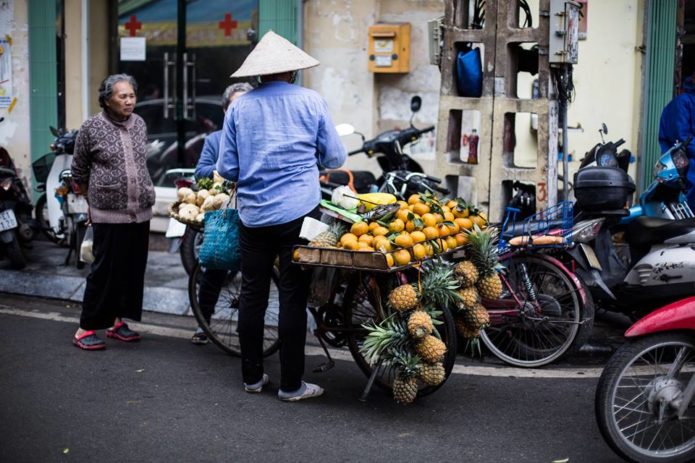
[Image source] A very practical way of selling some fruits
Cafe’s, restaurants and markets surround each lake, offering an array of things to keep you busy. There are also many different museums, galleries and attractions that are worth a visit. If you are a fan of a bit of peace and like wide open spaces, then Hanoi is probably for you.
The Driving
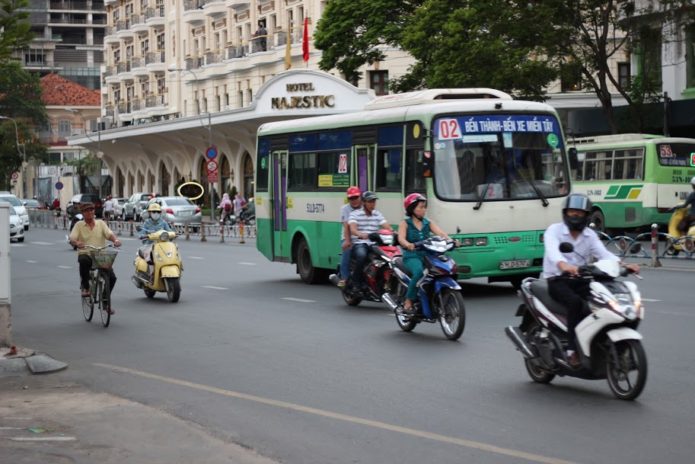
Busy road Ho Chi Minh.
It is a well-known fact that the roads in Vietnam can be hectic and unnerving. This is consistent across the country. There are however some slight differences. The roads in the North can be more difficult to ride than in the South. This could be mainly to do with the weather conditions being more strenuous on the roads that have been built.
Drivers in the North tend to disobey the rules more regularly as well. Maybe this is due to their more relaxed nature or just the fact that the roads are slightly quieter. It is common for drivers to jump red lights up North for example, whereas down South most drivers will wait before speeding off.
The Locals
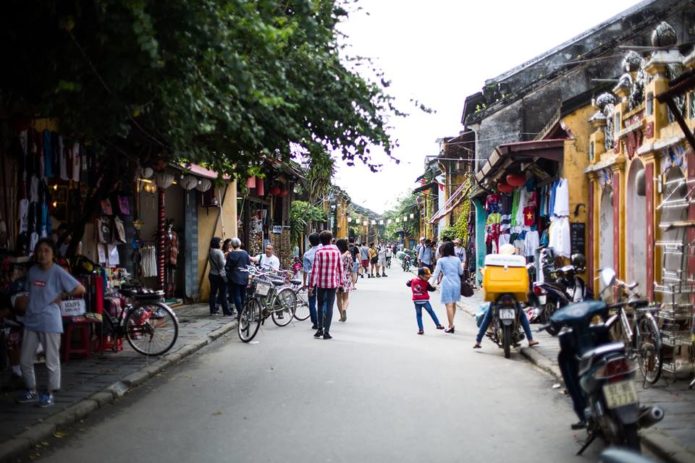
[Image source] Hoi An, a very colorful ancient town.
In the south the Vietnamese are sometimes too hospitable and it can be a real challenge just to say no. Whereas in the north, they do have a more relaxed approach and are more likely to take no as an answer.

[Image source] A beautiful flower farm in the Dalat countryside.
Whereas in the north, the streets are generally not busy with people until 6-7am. This could be to do with the weather difference and the seasonal changes in sunrise. Or it could just be because the north is just that bit more chill.

[Image source] The wonderful mama Sa in Sa Pa.
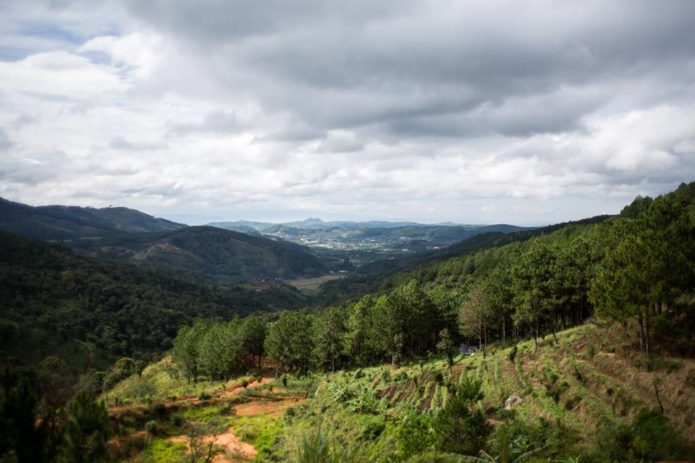
[Image source] Majestic hills in Vietnam.
My choice
Someone once told me that when you visit Vietnam, you just know whether you’re going to be north or south. It’s almost a gut instinct and a decision you can make pretty quickly. I suppose it all depends on what it is you’re trying to achieve from your time here.
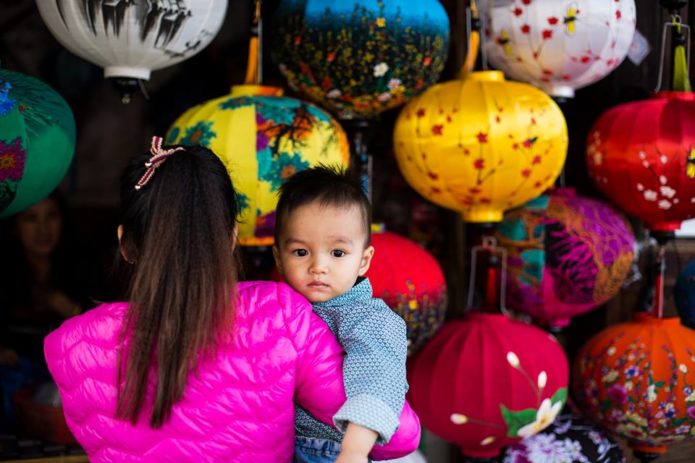
[Image source] Hoi An showing off such stunning colors.
It was the North for me!
Interested in Teaching English, volunteering or interning abroad? We’ll send you more info!

0 Comments